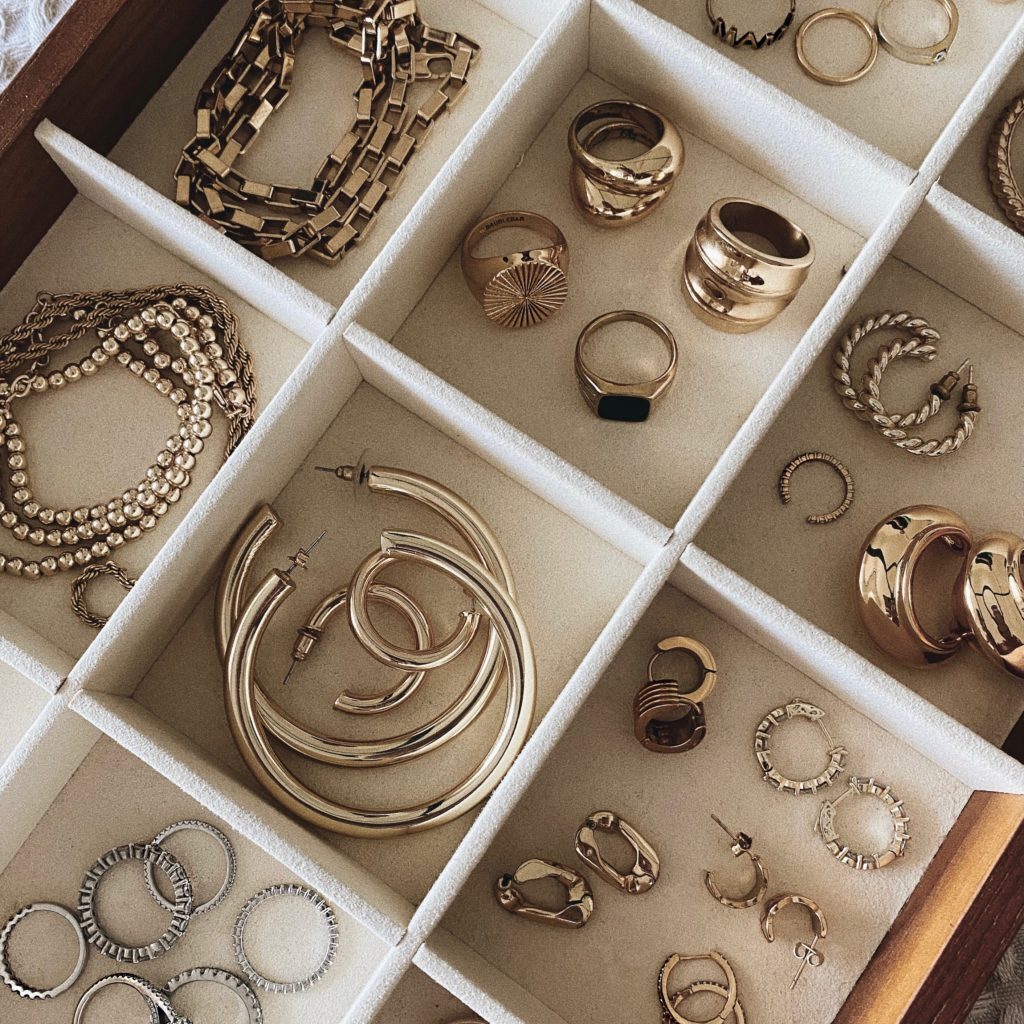
Delving into the dynamic world of artificial jewelry, my research reveals a vibrant market thriving on consumer demands for stylish yet affordable accessories. As a fashion enthusiast, I’ve closely observed how this sector—characterized by its use of non-precious materials—offers a unique blend of trendiness and accessibility, making it particularly appealing in the fast-paced fashion landscape.
Market Dynamics and Key Players
The artificial jewelry market is marked by a diverse array of players whose strategies shed light on prevailing industry trends. Through my studies, I’ve identified some of the influential brands that dominate this space:
- Claire’s: A favorite among teens, Claire’s epitomizes youthful trends with its affordable and fashionable pieces.
- Swarovski: Known for its exquisite crystal jewelry, Swarovski bridges the gap between high-end and costume jewelry with designs that offer both quality and style.
- H&M and Zara: These fashion powerhouses excel in translating runway trends into wearable art in the form of jewelry, making high fashion accessible and affordable.
- Charming Charlie: This brand caters to a broad audience by offering an extensive range of styles, proving that diversity in offerings can be a key differentiator in a crowded market.
Consumer Trends
Through direct interactions and monitoring online consumer behaviors, I’ve pinpointed several trends influencing purchasing decisions:
- The fast fashion influence is evident as consumers refresh their jewelry collections as frequently as their wardrobes, seeking new styles that echo the latest fashion trends.
- Online shopping has transformed the way consumers buy jewelry, offering them the convenience of exploring myriad options with just a few clicks.
- An increasing number of consumers are gravitating towards ethical and sustainable practices in fashion, including jewelry, showing a preference for brands that demonstrate environmental consciousness and ethical manufacturing processes.
Challenges and Opportunities
Despite its growth, the artificial jewelry market faces significant challenges:
- Quality perception: Maintaining high-quality standards at low costs is a major challenge, as consumers expect durable products that offer value for money.
- Market saturation: With numerous players and low entry barriers, the market is highly saturated. Brands need to find innovative ways to stand out.
- Supply chain reliability: Variability in material quality can affect product consistency, impacting consumer trust and brand reputation.
However, these challenges also present opportunities:
- Technological integration: Leveraging technology in design and manufacturing can lead to cost efficiencies and unique product offerings.
- Targeting niche markets: Specializing in specific demographic or interest groups can help brands carve out loyal customer bases.
- Global market expansion: The widespread adoption of e-commerce allows brands to tap into new geographical markets more easily.
Conclusion
From my exploration, it is clear that the artificial jewelry industry is ripe with potential for those who can adeptly navigate consumer preferences and leverage technological advancements. To thrive in this competitive environment, brands must innovate continuously, commit to sustainable practices, and enhance their understanding of digital consumer dynamics. By focusing on these areas, companies can not only sustain but also significantly expand their market presence in this exciting industry.







